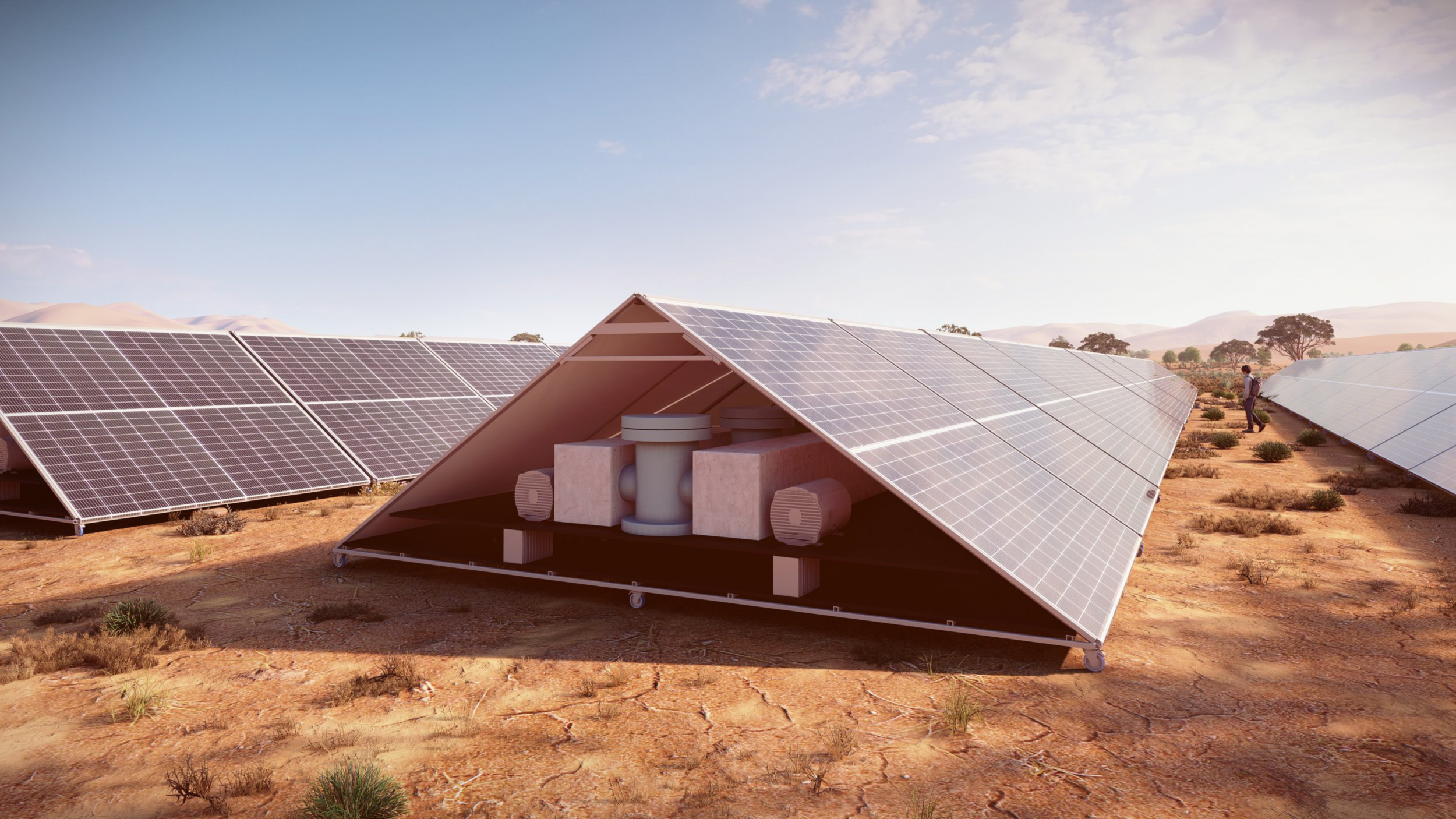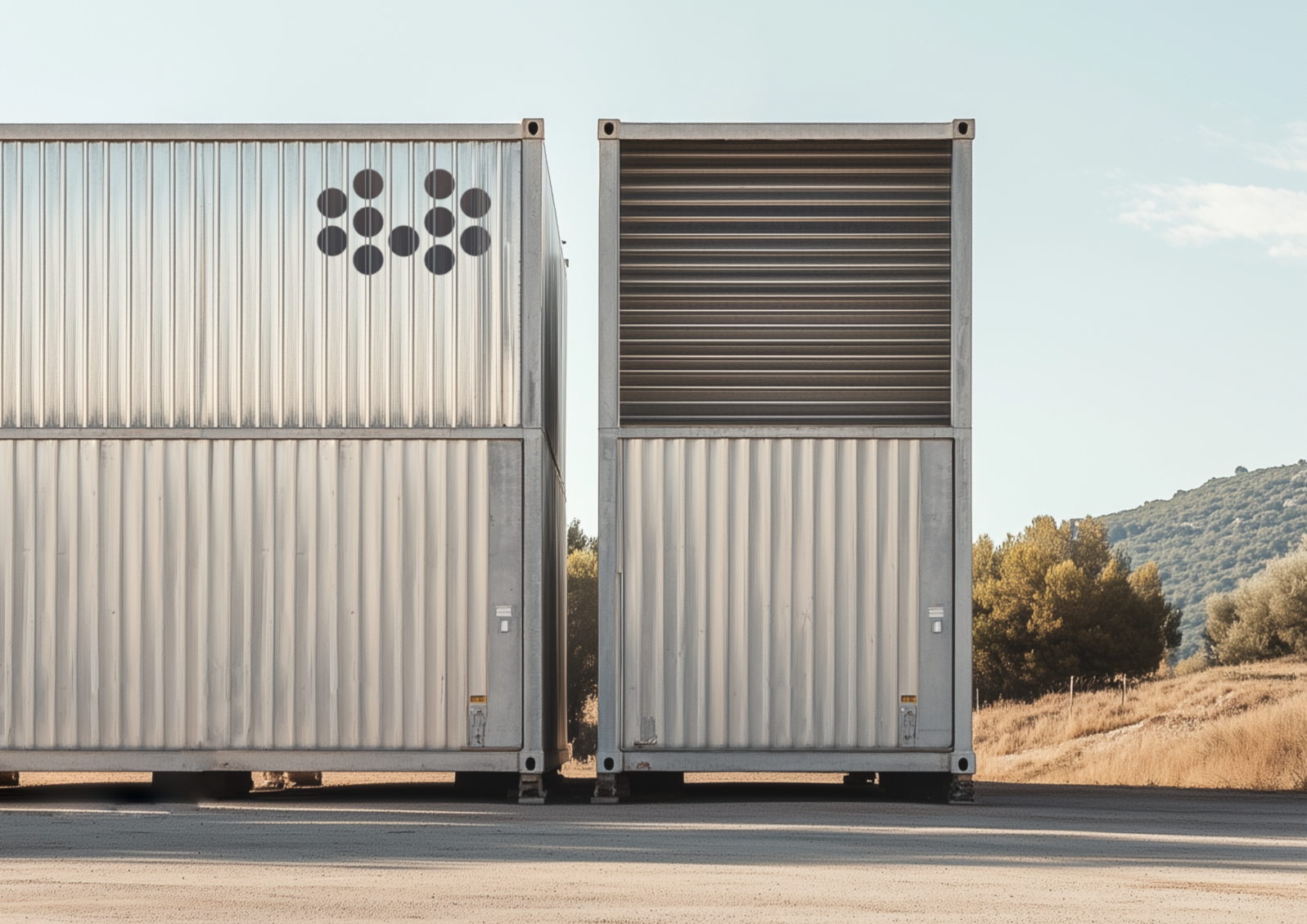First DACCM projects not located in Iceland
Kenya’s Rift Valley Emerging as a Hub for DACCM Projects
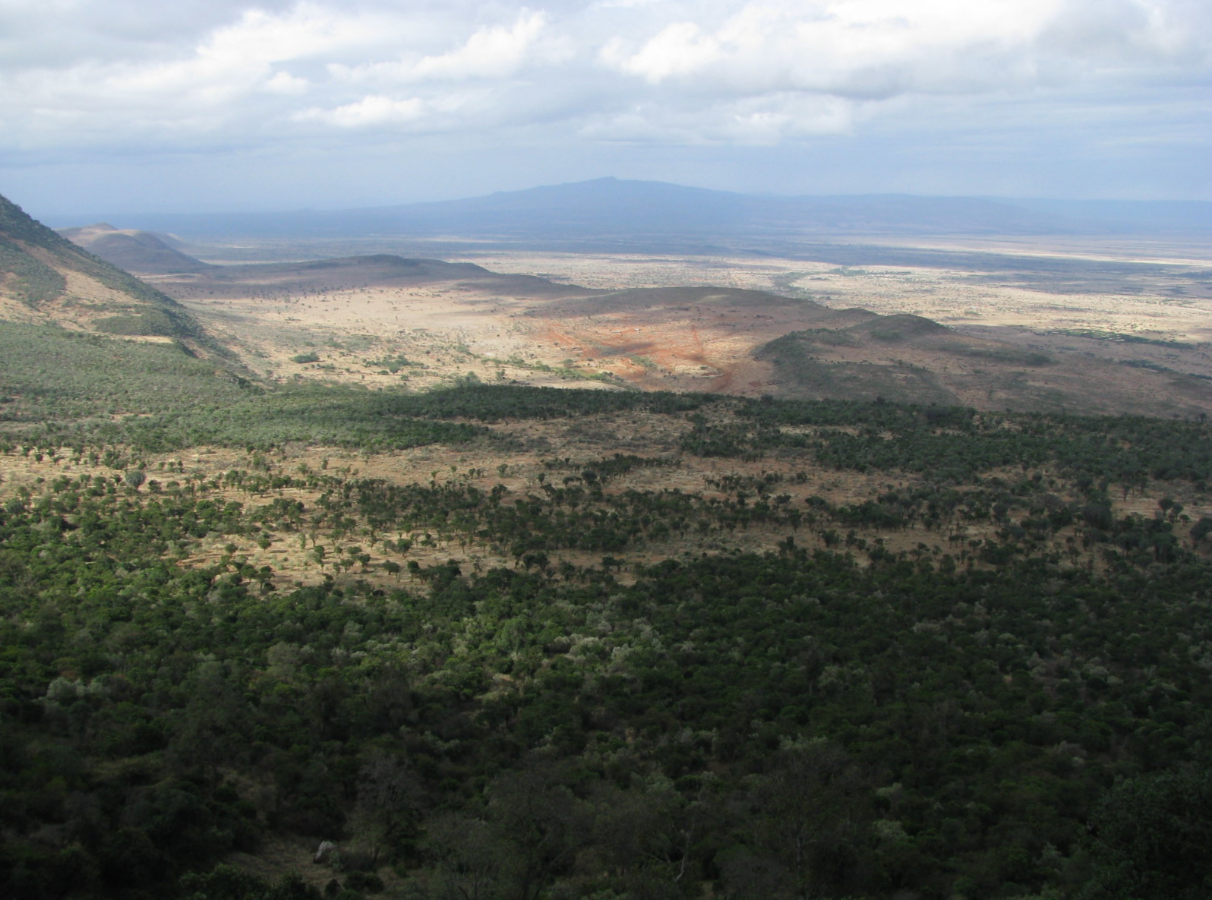
The East African Rift Valley in Kenya is fast emerging as a new frontier for direct air capture with carbon mineralization storage (DACCM), thanks to its unique combination of geothermal energy and favorable geology. Two DACCM pilot projects are already operational, and three more are being planned, as companies look to tap into the region’s abundant low-emission energy and thick layers of basalt rock, ideal for underground carbon storage.
Kenya’s recently enacted Climate Change Act of 2024 provides a legal framework for carbon project implementation and carbon credit sales, building on the country’s push toward renewable energy under its Energy Act of 2019. Today, 91% of Kenya’s electricity comes from low-emission sources: 47% geothermal, 24% hydropower, and 20% solar and wind.
Geothermal and Geology: A Natural Fit for DACCM
Tectonic rift zones — where large tectonic plates spread apart — like the East African Rift are known for geothermal activity and thick volcanic rock deposits such as basalt. Kenya’s geothermal plants harness subsurface heat to generate electricity by producing steam that powers turbines. These facilities also produce surplus heat, which can be diverted to industrial uses—including DAC operations.
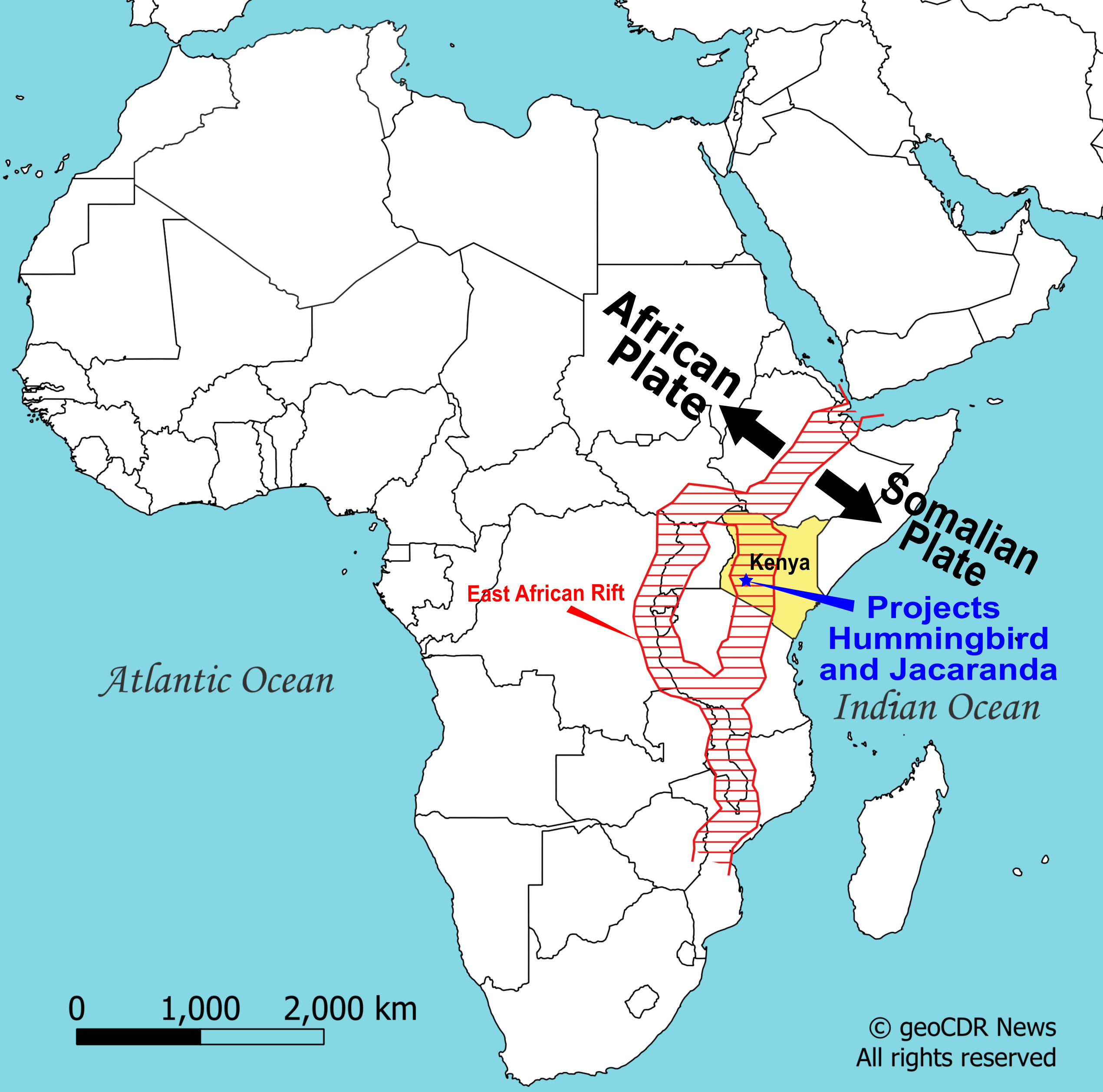
In several Kenyan DACCM projects, this waste heat will be used to regenerate (recycle) sorbents—solid chemicals that capture carbon dioxide from the air. When heated, the sorbents release concentrated CO2, which is then compressed to a semi-liquid state and injected deep underground into basalt layers. There, the CO2 reacts with the basalt to form a limestone-type of carbonate (CaCO3) rock. The 'C' and the 'O' from the CO2 remains locked up permanently in the mineral structure of the newly-formed carbonate (CaCO3) rock.
This integration of geothermal power and heat allows for carbon-negative operations, with more CO2 removed than emitted. Some projects plan to use solar power as well, further reducing emissions.
The Kenyan DACCM projects are especially noteworthy because they are the first DACCM projects located outside of the Mid-Atlantic rift-zone where the carbon-tech company Climeworks has DACCM plants.
DACCM Projects in Kenya
| Project Name | Company (HQ) | Status | Initial / Final Capacity | CO2 Capture Medium | Regeneration Method | Power Source | Reported Funding | Carbon Credit Pre-Sales |
|---|---|---|---|---|---|---|---|---|
| Hummingbird | Octavia Carbon (Kenya) | Operating | Pilot / 1,000 tpy | Solid amine | Heat & vacuum swing | Geothermal (waste heat & electricity) | $3.9M (Seed) | $1.1M |
| Jacaranda | Sirona Technologies (Belgium) | Operating | 500 tpy / 1M tpy by 2030 | Solid amine | Heat & pH swing | Solar, geothermal | €6M (Seed) | Not disclosed |
| Acacia | RepAir (Israel) | Planning | 1,000 tpy / 50,000 by 2030 | Electrochemical | Not applicable | Geothermal electricity | $15M (Series A) | Not disclosed |
| Unnamed | Yama (France) | Planning | 5,000 tpy / 5M by 2032 | Hybrid electrochemical + solvent | pH & temperature swing | Not disclosed | $3M (Seed) | Not disclosed |
| Unnamed (MOU signed) | AspiraDAC (Australia) | Planning | Not disclosed | Metal-organic framework | Temp. & vacuum swing | Solar | Not disclosed | Stripe |
Operating Projects: Hummingbird and Jacaranda
Both operating DACCM projects are located near Lake Elementaita, about 110 kilometers northwest of Nairobi. Project Hummingbird, run by Octavia Carbon, is designed to deploy 100 DAC modules, each capturing 10 tons of CO2 per year, totaling 1,000 tpy over its 10-year lifespan. The plant has logged more than 4,000 hours of operation as of June 2025.
Jacaranda, led by Sirona Technologies, began operations in January 2025 with a short-term goal of capturing 500 tpy. It uses modular DAC units and aims to scale up to 1 million tpy by 2030.
The two projects use solid sorbents and geothermal waste heat for regeneration. Hummingbird's environmental assessment report says that heating the sorbent to about 85oC releases the concentrated CO2 (desorption) from the sorbent, producing a concentrated stream of CO2 and enabling reuse (regeneration) of the sorbent. Octavia powers its plant machinery with geothermal electricity, while Sirona incorporates solar power.
Both projects will store captured CO2 by injecting it into basalt rock underground. The depth of storage for the Hummingbird Project will be between below the land surface.
Hummingbird will use Carbonfuture's digital system for data tracking. Carbon Credits will be validated under Puro.earth's Geologically Stored Carbon (GSC) methodology.
Planned Projects: RepAir (Acacia), Yama, and AspiraDAC
RepAir, Yama, and AspiraDAC are in the planning phase. RepAir’s electrochemical modules require no chemical sorbents or heat and are powered by geothermal electricity. Yama is developing a hybrid approach combining electrochemical methods with solvent-based capture, while AspiraDAC is pioneering solar-powered DAC modules using porous .
RepAir plans to scale its Acacia project from 1,000 to 50,000 tpy by 2030. Yama plans to scale its electrochemical process to 5 million tpy by 2032. AspiraDAC has not announced a capacity goal for its solar-powered modules; the company has signed a storage agreement with Great Carbon Valley.
Support Services and Carbon Storage
Two firms are supporting the development of DACCM in Kenya:
- Great Carbon Valley, based in Nairobi, offers site identification, permitting, and stakeholder engagement. It is working with most DACCM operators and has support from African Climate Ventures.
- Cella Mineral Storage provides carbon injection and monitoring services. Its injection method alternates CO2 and water to improve CO2 distribution in the pores of the target rock and minimize clogging that can occur in the pores as new minerals form.
.png)
Outlook
Kenya’s Rift Valley offers a rare combination of clean energy, geological storage, and supportive regulation, making it an attractive location for DACCM. While the industry remains small, the foundations are in place for significant scale-up. Whether this becomes a cornerstone of global carbon removal efforts remains to be seen—but the groundwork is being laid in East Africa.
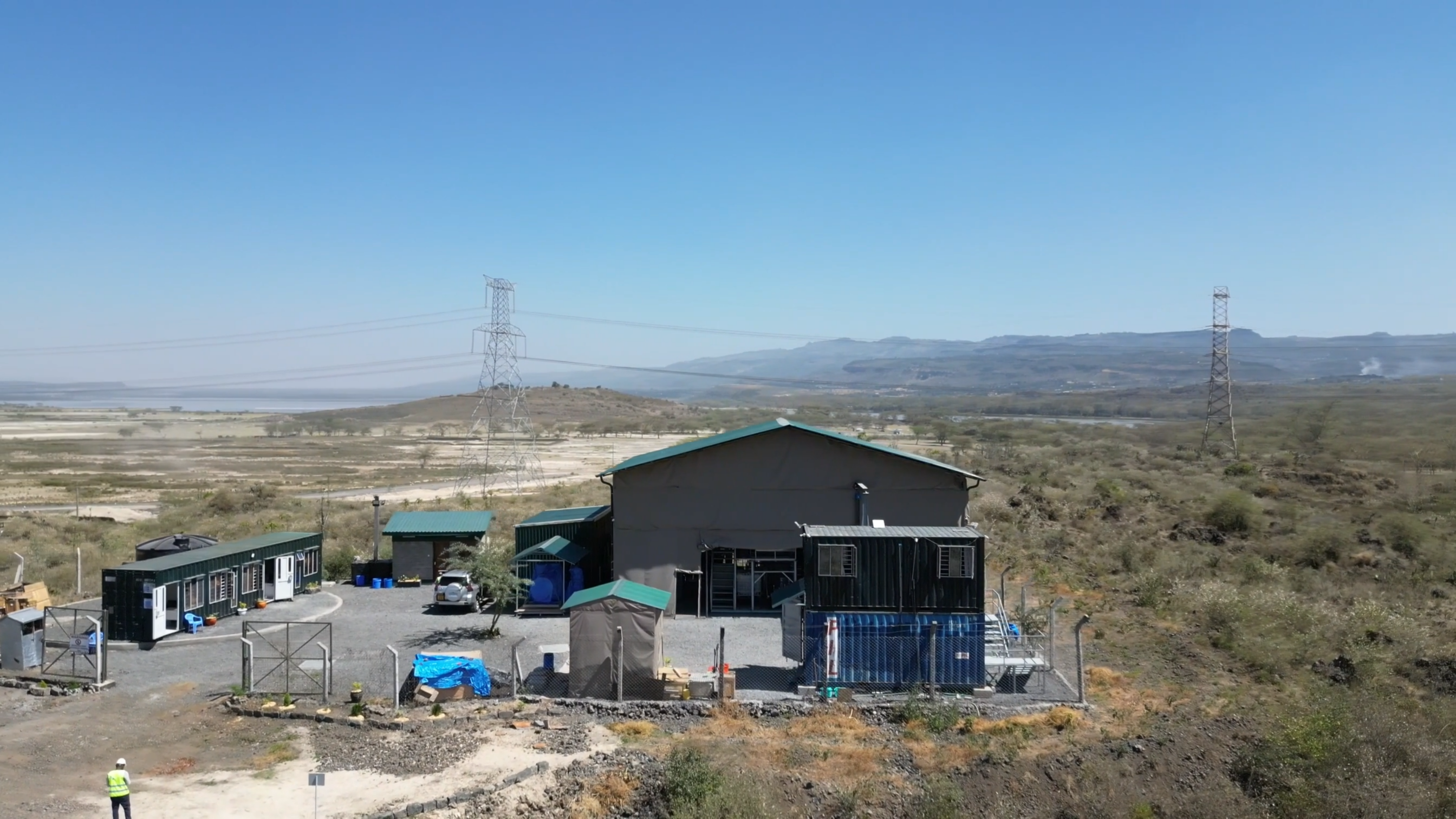
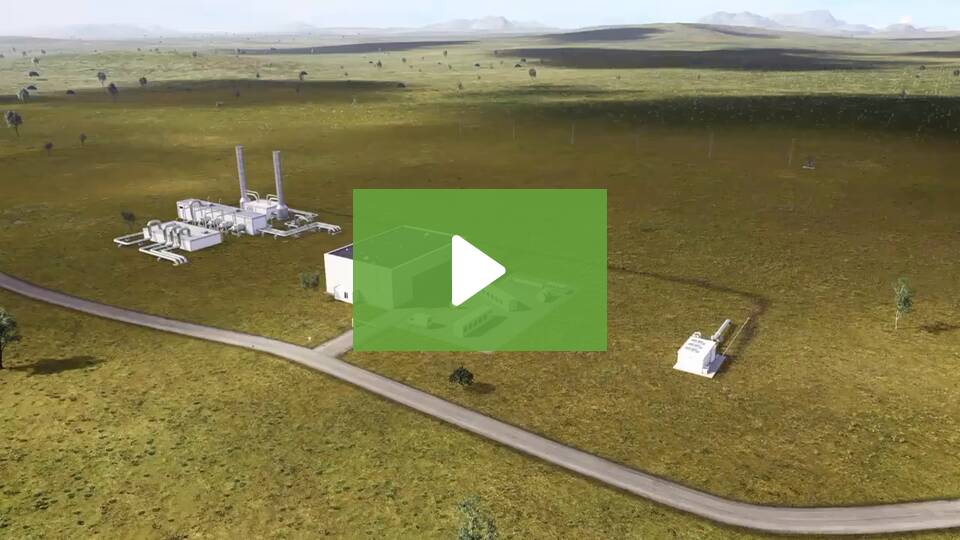
.jpg)
